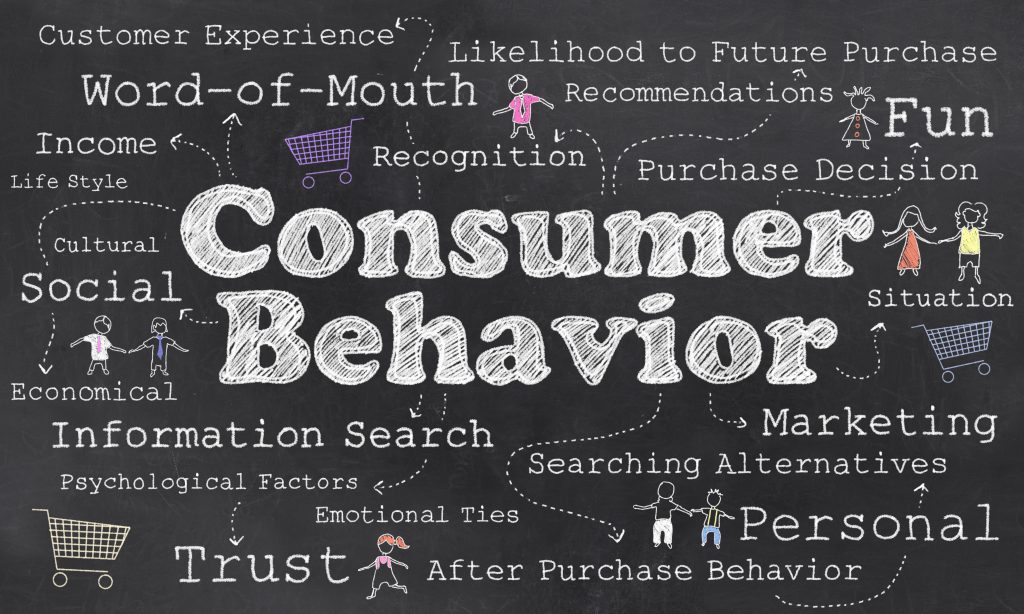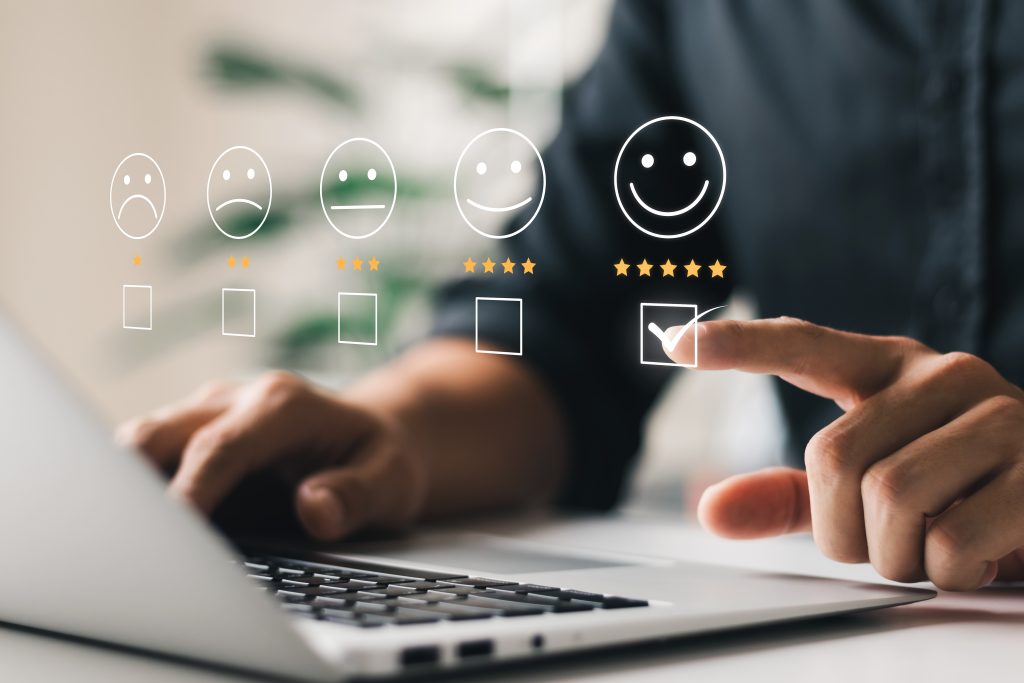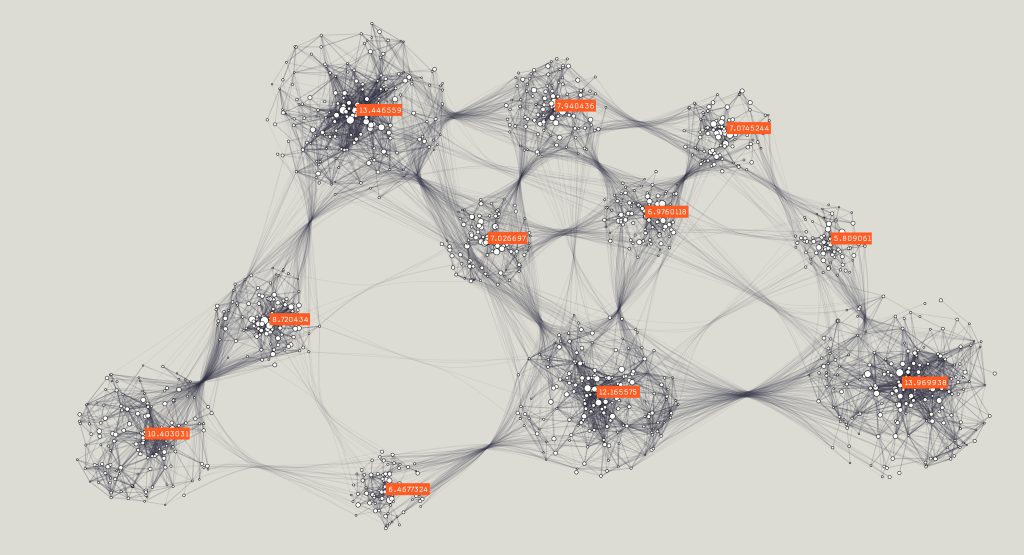In the field of Consumer Behavior Research, the integration of innovative technologies like the iMotions software suite offers new dimensions and depth to our understanding of consumer choices. This article, intended for those well-versed in the intricacies of consumer behavior studies, aims to explore how blending traditional research methods with advanced technological tools can enhance the quality and accuracy of our insights.
Table of Contents
What is Consumer Behavior Research?
Consumer Behavior Research is a fundamental field that seeks to understand the ‘why’ behind consumer decisions, unraveling the subtle interplay of emotions, cognition, and environmental factors in shaping purchasing behaviors. This domain is pivotal both in physical retail environments and in the digital marketplace. Historically, the field has relied heavily on traditional methods such as surveys and focus groups, which have been instrumental in providing valuable insights into consumer mindsets and preferences.
However, the evolution of technology in recent years has introduced new dimensions to consumer behavior research. Advanced tools, including biometric sensors like eye tracking, facial expression analysis, EEG (electroencephalogram), GSR (galvanic skin response), and ECG (electrocardiogram), are now available. These technologies enable researchers to capture real-time, unfiltered consumer reactions, offering a window into the more subtle, often subconscious aspects of consumer decision-making.
This introduction to consumer behavior research will explore how the integration of traditional methodologies with these advanced technologies can lead to a richer, more nuanced understanding of consumer choices. This article aims to guide newcomers through the basics of consumer behavior research, illustrating how traditional methods and technological advancements can complement each other.
Whether the focus is on market segmentation, brand perception analysis, or enhancing customer experience, the combination of conventional research techniques with modern tools can provide a more comprehensive view of consumer behavior. Such an integrated approach not only enriches the research process but also offers valuable insights that can inform effective business strategies and marketing campaigns. Let’s delve into the world of consumer behavior research, exploring its fundamental principles and the ways in which emerging technologies are reshaping our understanding of consumer choices.

4 Consumer Behavior Research Examples
1. Purchase Decision-Making
Purchase decision-making is a central focus in consumer behavior research. It involves examining the journey a consumer undertakes from recognizing a need to making the final purchase decision. This process is complex and influenced by a multitude of factors, including personal preferences, cultural influences, social pressures, economic conditions, and marketing strategies.
- Need Recognition: The first step in the purchase decision process where the consumer recognizes a problem or need.
- Information Search: After recognizing a need, consumers seek information to make an informed decision. This search can be internal (based on memory or past experiences) or external (through advertisements, word of mouth, or online reviews).
- Evaluation of Alternatives: Consumers compare different products or brands based on attributes like price, quality, and features.
- Purchase Decision: Influenced by the evaluation, consumers decide which product to buy. This stage can be affected by additional factors like special offers or last-minute doubts.
- Post-Purchase Behavior: This includes the consumer’s experience with the product, which can influence future purchase decisions and brand loyalty.
Understanding this process helps businesses in creating marketing strategies that target consumers at different stages of their decision-making.
2. Market Segmentation
Market segmentation involves dividing a market into distinct groups of buyers with different needs, characteristics, or behaviors, who might require separate products or marketing strategies. Effective market segmentation can significantly enhance the efficiency of marketing efforts.
- Demographic Segmentation: Based on age, gender, income, occupation, etc. This is often the simplest form of segmentation.
- Geographic Segmentation: Segmentation based on location, climate, and regional preferences.
- Psychographic Segmentation: Involves dividing the market based on social class, lifestyle, or personality characteristics.
- Behavioral Segmentation: Based on consumer knowledge, attitudes, uses, or responses to a product.
Each segment responds differently to marketing strategies, hence understanding these segments helps businesses tailor their approaches to suit specific consumer needs.
3. Brand Perception and Loyalty
Brand perception and loyalty studies focus on how consumers see a brand and their fidelity towards it. This perception is influenced by the brand’s identity, communication, consumer experiences, and the social value associated with the brand.
- Brand Identity and Image: How a brand presents itself and is perceived by consumers. It includes visual elements (logo, colors) and emotional associations.
- Consumer Experiences: Direct experiences with the brand, including product quality, customer service, and overall satisfaction.
- Social Influence: How friends, family, and media shape one’s perception of the brand.
- Brand Loyalty: The tendency of consumers to continue buying the same brand’s products or services. It is influenced by satisfaction, perceived value, and emotional connections.
Understanding brand perception and building loyalty are critical for long-term business success.
4. Consumer Psychology
Consumer psychology explores the mental and emotional processes that influence how consumers think, feel, reason, and select between different alternatives. It’s a blend of psychology and marketing.
- Motivation and Need: Understanding what drives consumers to take action. This includes basic needs (like hunger) and psychological needs (like esteem).
- Perception: How consumers interpret information and form impressions. This can be influenced by individual biases and preconceptions.
- Attitude Formation: The development of evaluations and feelings towards products or brands, often influenced by personal experience, advertising, and social influences.
- Decision-Making Processes: The psychological processes involved in making purchase decisions, including problem recognition, information search, and evaluation of alternatives.
Consumer Behavior Research Methods
The methods used in Consumer Behavior Research are pivotal in uncovering the intricate details of how consumers think, feel, and act. These methodologies range from direct questioning techniques to sophisticated data analysis, each offering unique insights into consumer behavior. Let’s explore these various approaches in detail.

Surveys and Questionnaires
Surveys and questionnaires are among the most common tools used in consumer behavior research. They are versatile methods for collecting data from a large number of respondents and are particularly useful for quantitative analysis.
- Design and Structure: Surveys can range from simple, closed-ended questions to more complex, open-ended formats. The design is crucial, as it needs to be both engaging to respondents and aligned with research objectives.
- Distribution Methods: These can be administered in person, by mail, over the phone, or online. Online surveys, in particular, have gained popularity due to their cost-effectiveness and wide reach.
- Data Collection and Analysis: Responses are collected and analyzed to discern patterns and trends. Advanced statistical tools can be used for deeper analysis, such as identifying correlations or predicting consumer behavior.

Interviews
Interviews in consumer behavior research are used to gather detailed information by engaging directly with respondents. They can be structured, semi-structured, or unstructured.
- In-Depth Insights: Interviews allow researchers to dive deep into individual consumer experiences, opinions, and motivations.
- Flexibility: The format can be adapted depending on the flow of the conversation, allowing researchers to explore new topics that emerge during the interview.
- Qualitative Data: The qualitative nature of interviews provides rich, nuanced data that might not emerge from other research methods.
If you want to know more about how to conduct research interviews, check out our comprehensive guide here.
Focus Groups
Focus groups involve a moderated discussion with a small group of people. This method is particularly useful for exploring consumer attitudes and behaviors in a social context.
- Group Dynamics: The interaction among group members can lead to insights that might not surface in individual interviews.
- Moderation: The role of the moderator is crucial in steering the conversation while ensuring that all voices are heard.
- Qualitative Insights: Focus groups are valuable for qualitative research, offering a depth of understanding about consumer perceptions and decision-making processes.
Experiments
Experiments in consumer behavior research involve creating a controlled environment to test hypotheses about consumer behavior.
- Control and Manipulation: Researchers manipulate one or more variables and observe the effect on other variables. This allows for a clearer understanding of cause-and-effect relationships.
- Varieties of Experimental Designs: These can range from laboratory experiments (high control) to field experiments (more realistic settings).
- Quantifiable Results: Experiments often yield quantitative data that can be statistically analyzed to draw conclusions.
Data Analysis and Big Data
With the advent of big data, data analysis has become a cornerstone of consumer behavior research. It involves processing large volumes of data to uncover patterns and trends.
- Data Sources: These can include transaction records, social media data, web analytics, and more.
- Advanced Analytical Tools: Tools like machine learning algorithms and predictive analytics are used to analyze complex datasets.
- Actionable Insights: Big data analysis can reveal consumer behaviors, preferences, and future trends, providing actionable insights for businesses.

Consumer Behavior Research Methods
Consumer Behavior Research questionnaires are vital tools for gathering specific information about consumer preferences, attitudes, and behaviors. They are designed to elicit responses that can provide actionable insights into various aspects of consumer behavior. Here are some examples of questionnaires tailored to different aspects of consumer research:
1. Purchase Decision-Making Questionnaire
Objective: To understand the factors influencing a consumer’s decision-making process when purchasing a product.
- How did you first learn about [Product/Service]?
- What were the main factors that influenced your decision to purchase [Product/Service]?
- Rank the following factors in order of importance when making your purchase: price, quality, brand reputation, reviews, and features.
- Have you considered any alternative products or brands before making this purchase? If yes, which ones?
- How satisfied are you with your decision to purchase [Product/Service]?
2. Market Segmentation Questionnaire
Objective: To categorize consumers into different segments based on demographics, psychographics, and buying behavior.
- What is your age group? (Provide age ranges)
- What is your occupation, and what industry do you work in?
- Describe your lifestyle. (Options might include active, health-conscious, family-oriented, etc.)
- How often do you purchase [Product/Service Category]?
- What are your primary considerations when choosing [Product/Service Category]? (Options might include price, brand, environmental impact, etc.)
3. Brand Perception and Loyalty Questionnaire
Objective: To assess consumer perceptions of a brand and their loyalty towards it.
- How familiar are you with [Brand]?
- What words or phrases come to mind when you think of [Brand]?
- On a scale of 1 to 10, how likely are you to recommend [Brand] to a friend or colleague?
- What factors contribute to your loyalty to [Brand]?
- Have you switched from a different brand to [Brand]? If so, what prompted this change?
4. Consumer Psychology Questionnaire
Objective: To explore the psychological factors that influence consumer behavior.
- What motivates you to purchase [Product/Service Category]?
- Describe a recent emotional response you had to an advertisement or a product. What triggered this response?
- How do your personal values align with your purchasing habits?
- Do social media influencers impact your purchasing decisions? If so, how?
- How does your current mood affect your shopping behavior?
These questionnaires can, and should, be adapted or expanded based on your specific research objectives and the target audience. The key is to formulate questions that are clear, unbiased, and relevant to the research goals, ensuring that the responses gathered are as informative and useful as possible.
Human Behavior Research with Biosensors
To effectively leverage biosensors and the iMotions Software in consumer behavior research, one should focus on integrating these tools seamlessly with traditional research methodologies. Biosensors, including eye tracking, facial expression analysis, and physiological sensors (like EEG, GSR, and ECG), provide real-time, objective data on consumer responses, revealing insights into their subconscious and emotional reactions.

By using iMotions Software, both the Lab and Online versions, researchers can synchronize and analyze these diverse data streams, gaining a comprehensive understanding of consumer behavior. This approach allows for the correlation of biometric responses with specific stimuli, enabling more precise interpretation of consumer preferences and behaviors. The key is to design studies where these technological tools complement surveys and observational methods, thereby enriching the overall research findings and offering more actionable insights into consumer behavior.
Frequently Asked Questions
Most Important Part of Consumer Research
The most crucial aspect of consumer research is accurately understanding consumer needs and motivations. This understanding is fundamental for developing products, crafting effective marketing strategies, and enhancing customer experiences. It forms the basis for meeting and exceeding customer expectations, fostering brand loyalty, and driving business success. Essentially, knowing what drives and satisfies consumers is key to creating value in any market.
Three Major Factors Influencing Consumer Behavior
- 1. Psychological Factors: These encompass an individual’s attitudes, perceptions, motivations, and beliefs, influencing how they interpret marketing messages and make purchasing decisions.
- 2. Social Factors: Social influences, including family, friends, and cultural norms, shape consumer preferences and buying habits, impacting product and brand choices.
- 3. Situational Factors: External conditions like the shopping environment, time pressure, and economic conditions can affect immediate buying decisions, independent of personal or social influences.











